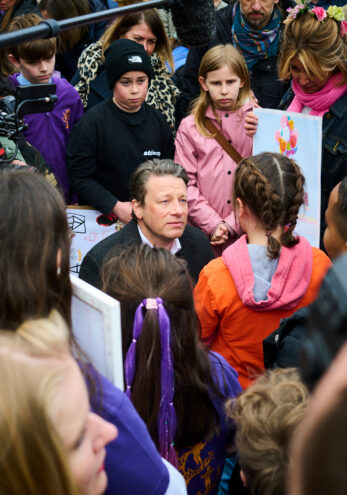Publisher
Routledge
ISBN 10
0367859866
Published
29 Apr 2020
Anyone embarking on a PGCE course will find useful takeaways from a book that has plenty to deliver, says Sameerah Mussa
The is a CPD book that lives up to its title. As an early-career teacher myself, I’ve found Teach Smarter has provided an excellent introduction to popular theory such as Rosenshine’s principles of instruction while touching on other areas of the teachers’ standards such as planning, expectations and assessment for learning, including feedback and questioning. All of its headings are separated into further subheadings, making it easily accessible for readers to dip into the text and delve into extra information as needed. Overall, this is a fruitful resource that I wish I’d had before starting my PGCE course, and a welcome update on others in its genre. Best of all, Riches is not afraid to criticise areas of pedagogy, which makes Teach Smarter more credible and provides important critical context.
The Questioning chapter is undoubtedly an excellent read. The subheadings divide the questions into categories e.g. probing questions, cold calling and even multiple-choice questions. There is a simple definition underneath, before Riches provides further examples drawn from real-life situations. What more could a trainee ask for? My practice particularly benefited from the chapter on ‘probing questions’ and the idea of starting off broad and then taking time to refine the discussion. Here Riches’ critical framing really comes into its own with an impressively simple and effective excoriation of Bloom’s taxonomy. He then goes on to provide the alternative questioning techniques that I wish PGCE course providers spent more time on. My experience of Bloom’s taxonomy being held up as a paragon for differentiation is still recent, yet my short classroom experience already leads me to agree with Riches that it has many, many flaws.
This is a book that ought to earn its place in CPD libraries
The behaviour management chapter entitled Expectations touches upon areas that I had also neglected within my training year. No pages are wasted in this book; the importance of teacher-parent relationships is addressed and given the emphasis it truly deserves. He suggests being prepared for these parents to ask how they can support their children at home. I particularly like the idea of having a plan and a response prepared for these situations that doesn’t require you to provide additional learning for the student or to generate extra work for you! Reducing workload is a key message throughout this book that I am sure early-career teachers will appreciate.
However, there are some adjustments that a second edition would benefit from, chief among them being the lack of images. The only images appear in the seating plan chapter to aid visual interpretations of classroom spaces and layouts. Ironically, this is the least relevant chapter in the post-Covid age of children in rows facing forward, but the author wasn’t to know that at the time of writing. A term is a long time in education! The lack of images throughout the rest of the book contrasts sharply with the feel of the title page, which is all bright greens and blues.
More importantly, for a book published in 2020, there are also some glaring omissions of important research and practical pedagogies, not least retrieval practice and spaced learning. I’ve come to really value these in my own lessons and this gap, added to the visual sparseness of Teach Smarter, means I would be far less likely to recommend this book to other trainees and early-career colleagues looking to improve their classroom practice than the likes of Teaching Walkthrus by Tom Sherrington and Oliver Caviglioli.
However, this is a book that ought to earn its place in CPD libraries, and should probably be read before trainees have started their course. At the very least, it should feature before they complete it. It touches upon vital information, and I enjoyed reading about the importance of cultural capital, the variations of a classroom layout and using whole-class feedback to reduce workload. No single book can cover everything, and looking past its presentational staleness, it offers many great takeaways.












Your thoughts